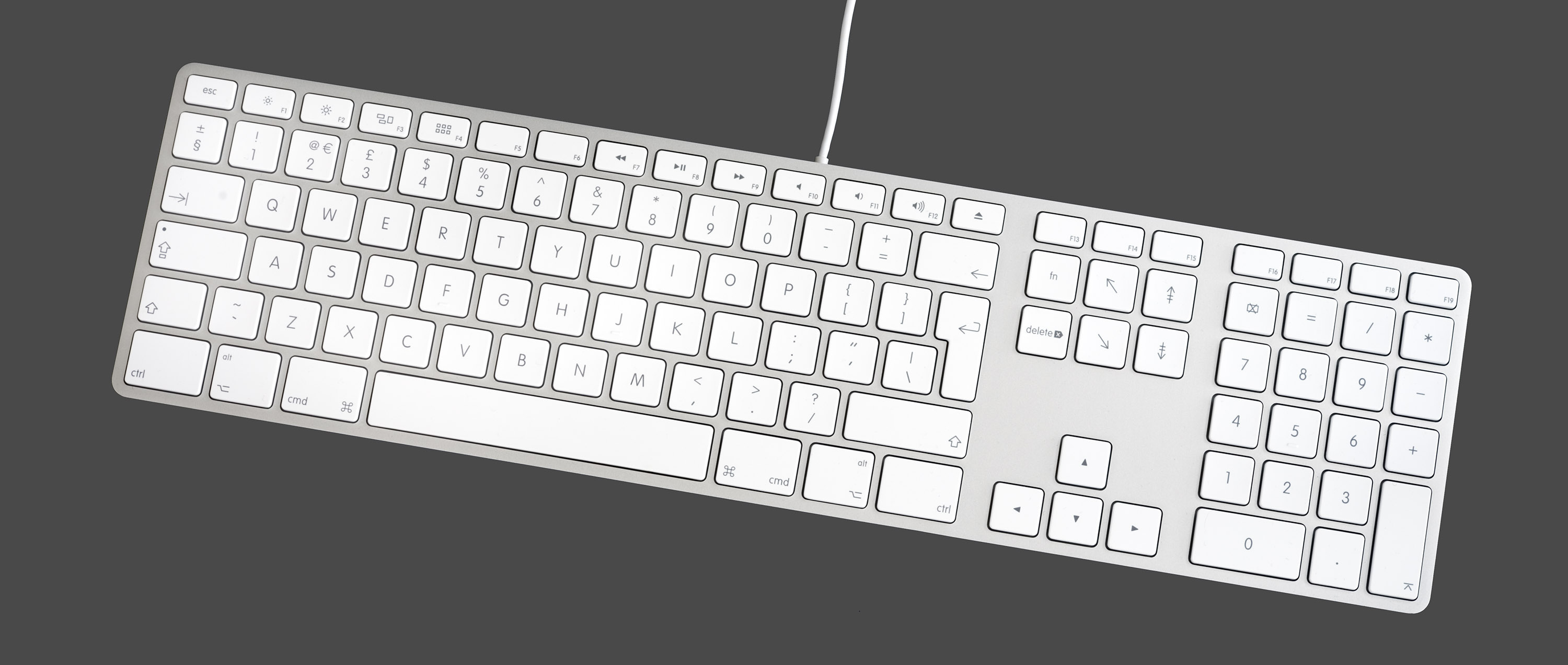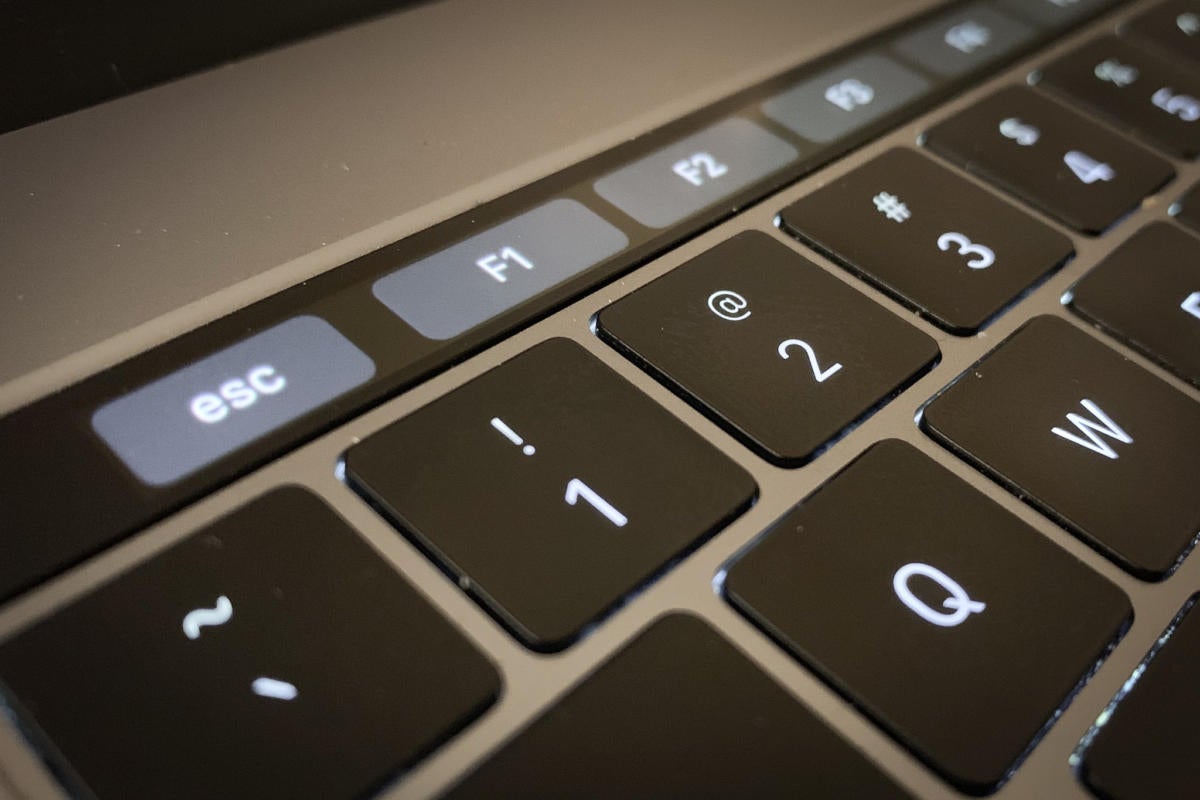As you may have heard or noticed, the new MacBook Air models do not have a separate Power key on the top case like all the other MacBook/MacBook Pros. Due to space constraints, the Power key is now part of the keyboard, and takes the upper right position, previously reserved to the Eject key. You can see a detail in this photo taken by Ars Technica (at page 5 of this article):
OK, press the Settings icon (with the cogs), then the menu option with the cogs. Next, choose the option second from the bottom, followed by the topmost option. English should be in the list if. Replacing Macbook Air Keys 05 November 2017 on tech support, hardware, macbook air. A friend of mine ran into a problem. The keys on her Macbook Air started randomly falling off the keyboard! Not only is this a problem, but it seemed to be spreading. Four keys had become loose and were randomly falling off while typing. A guide to replacing the Macbook Air with a new keyboard and backlight. This is a fairly difficult process, involving completely dismantling the laptop, incl.
After reading about this change, I mistakenly thought that the upper row of keys in the new MacBook Air had now one more key, and consisted of 15 keys instead of 14.
On closer examination of various photos, I stand corrected: they still have 14 keys — it’s their layout and functions that have shifted.

Here’s a photo of the old MacBook Air’s top row of keys:

Left to right we find:
- Esc key
- F1 / decrease brightness
- F2 / increase brightness
- F3 / Exposé
- F4 / Dashboard
- F5 / decrease keyboard brightness
- F6 / increase keyboard brightness
- F7 / previous audio track
- F8 / Play-Pause
- F9 / next audio track
- F10 / Mute
- F11 / decrease volume
- F12 / increase volume
- Eject
Now let’s take a look at the new MacBook Air (the 11.6″ model):
(Click to enlarge)
The photo is darker and less clear (maybe this photo from Engadget is clearer), but here’s the key layout (changes are in bold italic):
Switch Keyboard Language Shortcut Macbook
- Esc key
- F1 / decrease brightness
- F2 / increase brightness
- F3 / Exposé
- F4 / Dashboard
- F5
- F6 / previous audio track
- F7 / Play-Pause
- F8 / next audio track
- F9 / Mute
- F10 / decrease volume
- F11 / increase volume
- F12 / Eject
- Power key
See what’s happened? Since the new MacBook Air models no longer have a backlit keyboard, the keyboard controls for keyboard brightness have gone, and more than half of the top row of keys has been redefined.
On a tangential note, I’m also wondering: since we’ll have Mission Control in Mac OS X 10.7 Lion and (from what I’ve inferred by the October 20 keynote) the Exposé and Dashboard functions will be unified, I guess that soon the two separated function keys won’t be much useful.
A small issue may come up, that while typing in Windows, an accented letter E (“é”) incorrectly appears whenever you press the forward slash key (“/”). This problem is likely caused by accidentally switching your system’s active keyboard layout or input language.
Problem: Typing Slash (“/”) Produces Accented E (“é”)
When trying to type a forward slash (“/”), or a question mark (“?”), you instead get an “é” (a letter “e” with an accent).
Solution: Change Keyboard And Language Settings
The accented letter E (“é”) is part of the keyboard layouts “Canadian French” and “Canadian Multilingual Standard“. If you look at the properties of those 2 keyboards, you will see the “é” where the “/” is expected.
If you do get an “é” when you want to type a “/” or “?”, then it’s likely you have accidentally switched your system’s active keyboard layout or input language using the assigned hot keys (ie. CTRL + SHIFT).
How To Switch Keyboards Mac

To prevent this, you will need to change the keyboard and language settings to either remove the keyboard layout(s) or change/disable the hot key sequence.
- In Windows, go to the “Region and Language” settings in the Control Panel. Go to the “Keyboards and Languages” tab and select “Change Keyboards”.
- This brings up the “Text Services and Input Languages” window. In the “Installed Services” section, you can see which keyboard layouts and input languages are installed.
- If you don’t use the “Canadian French” or “Canadian Multilingual Standard” keyboard layouts, you can just remove them here.
- If you do use the “Canadian French” or “Canadian Multilingual Standard” keyboard layouts, then you can change/disable the assigned hot keys for keyboard/language switching, so is isn’t as easy to accidentally press the hot keys.In the “Advanced Key Settings” tab, select “Between Input Languages” then click “Change Key Sequence” and change the hot key settings.
Once you’ve removed the unnecessary keyboard layouts or changed the hot keys for keyboard switching, then you should no longer have this problem with the forward slash key.

Related Info




